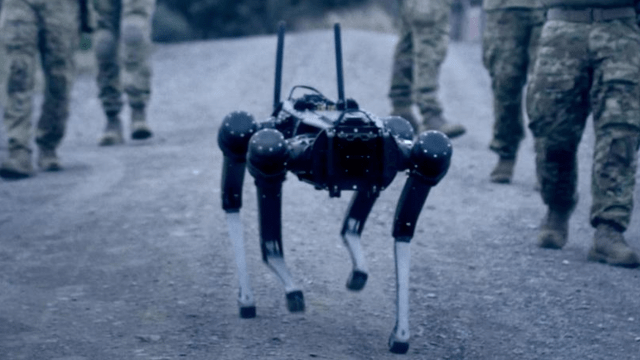Researchers at the University of Technology Sydney (UTS) claim to have developed biosensors that can help people control robots with their minds.
Developed by researchers from the UTS Faculty of Engineering and IT, along with the Australian Army and the Defence Innovation Hub, the research team hopes that the technology can be applied in defence, manufacturing, aerospace and healthcare industries, noting that the tech could help people with disabilities to operate prosthetics.
It’s a hands-free, voice-free device that can be deployed outside of laboratory testing settings. The team believes it to be an easy-to-use and robust piece of tech.
“By using cutting-edge graphene material, combined with silicon, we were able to overcome issues of corrosion, durability and skin contact resistance, to develop the wearable dry sensors,” Professor Francesca Lacopi from UTS said.
Hexagon-shaped sensors are placed over the back of the user’s scalp, which are used to detect brainwaves from the visual cortex.
To test the headset with a controlled example, the research team tasked users with wearing an augmented reality lens on their head. The display of the headset would show flickering white squares to the user, which could be interacted with if the user concentrated on a particular square.
In this circumstance, the brainwaves of the operator are translated by the hexagon-shaped sensors on the back of the head, with a decoder translating the thoughts into actions on the lens.
To take the study to the field, researchers worked with the Australian army to configure the mind control device to translate thoughts into the actions of a robot dog.
The thought-reading device experiment appeared to be a success. 94 per cent of actions ordered by way of the thought-reading device were fulfilled by the robot.
“Our technology can issue at least nine commands in two seconds. This means we have nine different kinds of commands and the operator can select one from those nine within that time period,” Professor Chin-Teng Lin from UTS said.
“We have also explored how to minimise noise from the body and environment to get a clearer signal from an operator’s brain.”
The team is hoping to continue making advancements in brain-computer interface tech.
You can read about the technology in ACS Applied Nano Materials or on the UTS website.
